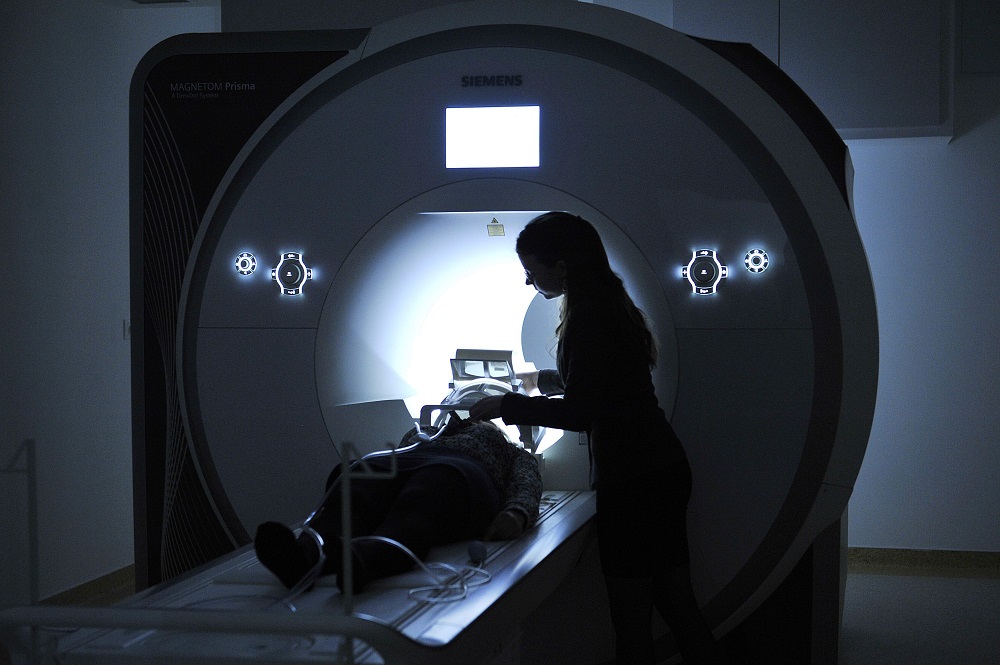Researchers of the Brain Imaging Centre (BIC), Research Centre for Natural Sciences (RCNS) identified the neural mechanisms responsible for the processing of task-irrelevant, distracting visual stimuli. By employing state-of-the-art neuroimaging techniques, researchers of the BIC revealed that contrary to what was previously thought, distracting visual stimuli cannot be simply filtered out, but engage attentional resources and are processed concurrently with the task-relevant information. The researchers showed that the protection of the mnemonic information maintained in working memory from the interference caused by distractors is an active process, and characterised its neural mechanisms. Their findings were published in NeuroImage, the leading journal of brain imaging, in October 2021.
Efficient allocation of the limited brain processing resources to the task-relevant part of the sensory input is crucial in overcoming the information overload experienced in the modern society. The ability to successfully avoid distraction becomes particularly challenging in healthy ageing as well as in neurocognitive developmental disorders, e.g. ADHD, urging the need for the better understanding of the mechanisms supporting attentional selection and distractor resistance. In the present study, the researchers of the BIC aimed at investigating how distractor resistance is accomplished when external distracting stimuli show high perceptual similarity to the currently relevant information
Participants of the study completed a visual working memory task, where they were instructed to maintain images depicting faces and oriented gratings for brief periods. Preceding the recognition test however, a distractor image appeared on the screen that participants had to ignore. Importantly, this irrelevant distractor image was perceptually highly similar to those images that the subjects had to maintain in working memory. Neural responses to these irrelevant distractor images were monitored using the most cutting-edge electroencephalography (EEG) and functional magnetic resonance imaging (fMRI) techniques, to establish the neural substrate of the distinction mechanism between the relevant, and highly similar – yet irrelevant – visual input.
The researchers revealed the presence of the early selection negativity – a known EEG marker of proactive attentional selection – as a response to the perceptually similar distractor images, indicating that the ignorance of irrelevant visual input is an active neural mechanism. Furthermore, the researchers also demonstrated that the magnitude of the interference posed by external distractors depends on how efficiently the representations belonging to the task-relevant and task-irrelevant stimuli are separated. The research group was the first to identify the brain network responsible for the separation of these representations, with the pars triangularis of the inferior frontal gyrus playing a prominent role in this process by modulating information processing in the visual cortical areas retaining the most selective mnemonic code. The current study also provides important brain imaging (fMRI and EEG) markers suitable for the characterisation of the neural mechanisms fostering distractor resistance and protecting memorandum representations in health and disease.
The research was supported by the Hungarian Brain Research Program, the Hungarian Scientific Research Fund and the Eötvös Loránd Research Network.
The study was carried out by Petra Hermann, Béla Weiss, Balázs Knakker, Petra Madurka, Annamária Manga, Ádám Nárai, and Zoltán Vidnyánszky, and their results were published with the title Neural basis of distractor resistance during visual working memory maintenance in NeuroImage (2021).

